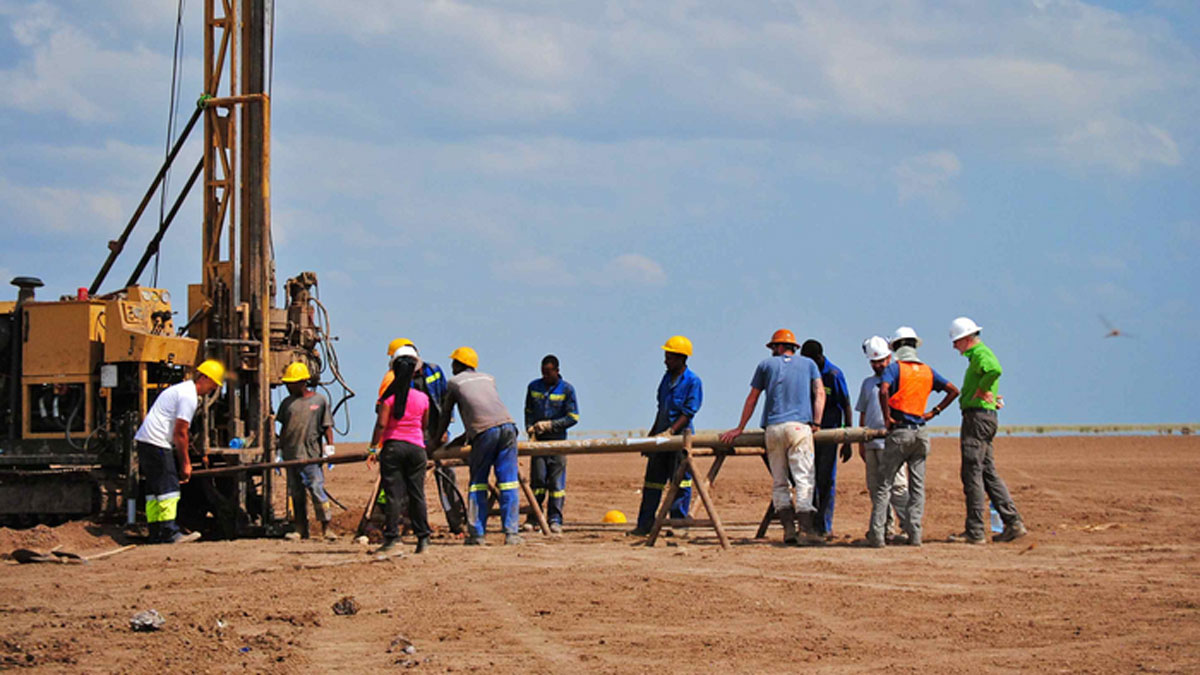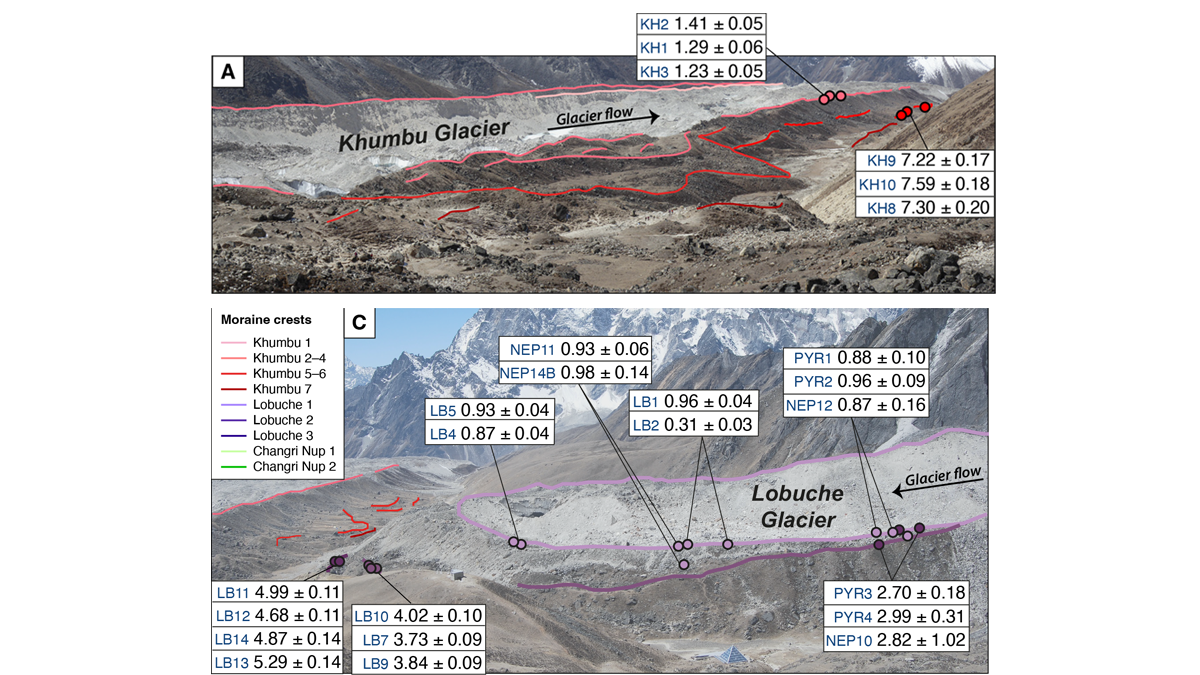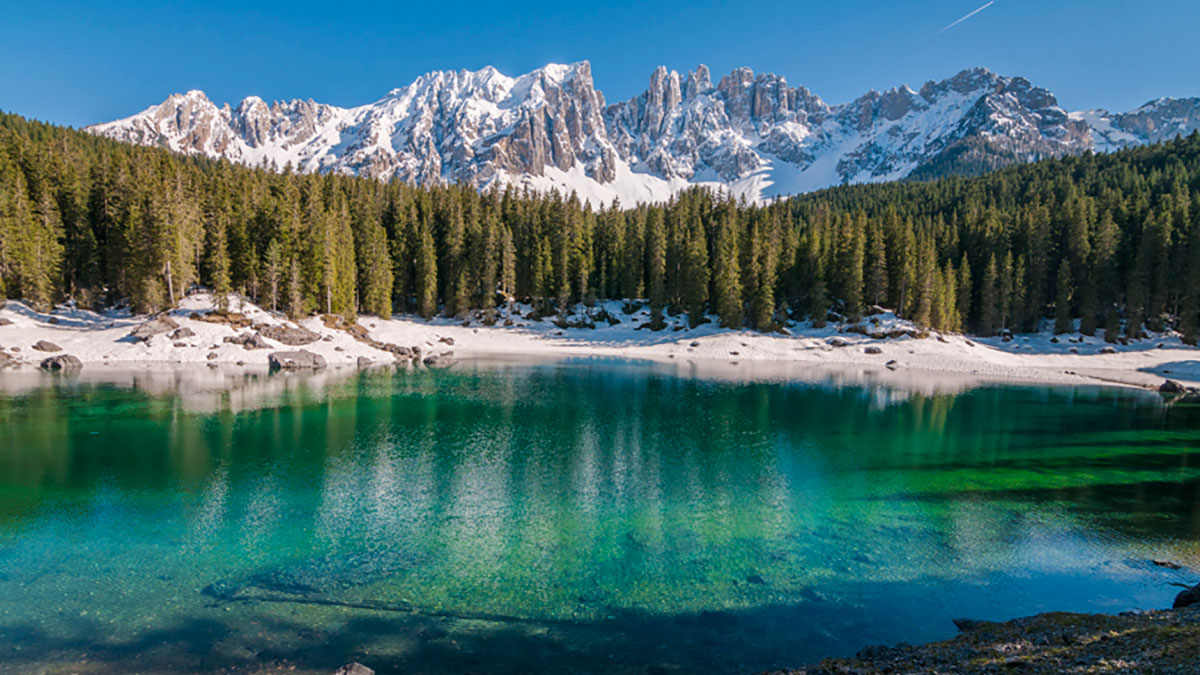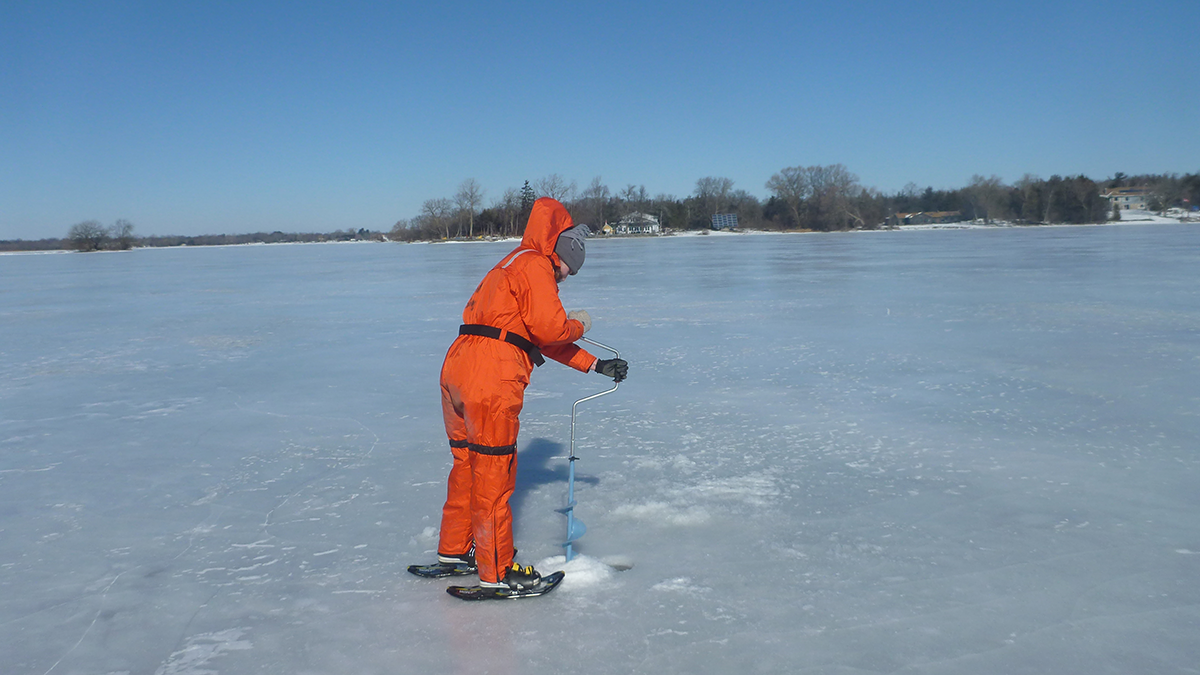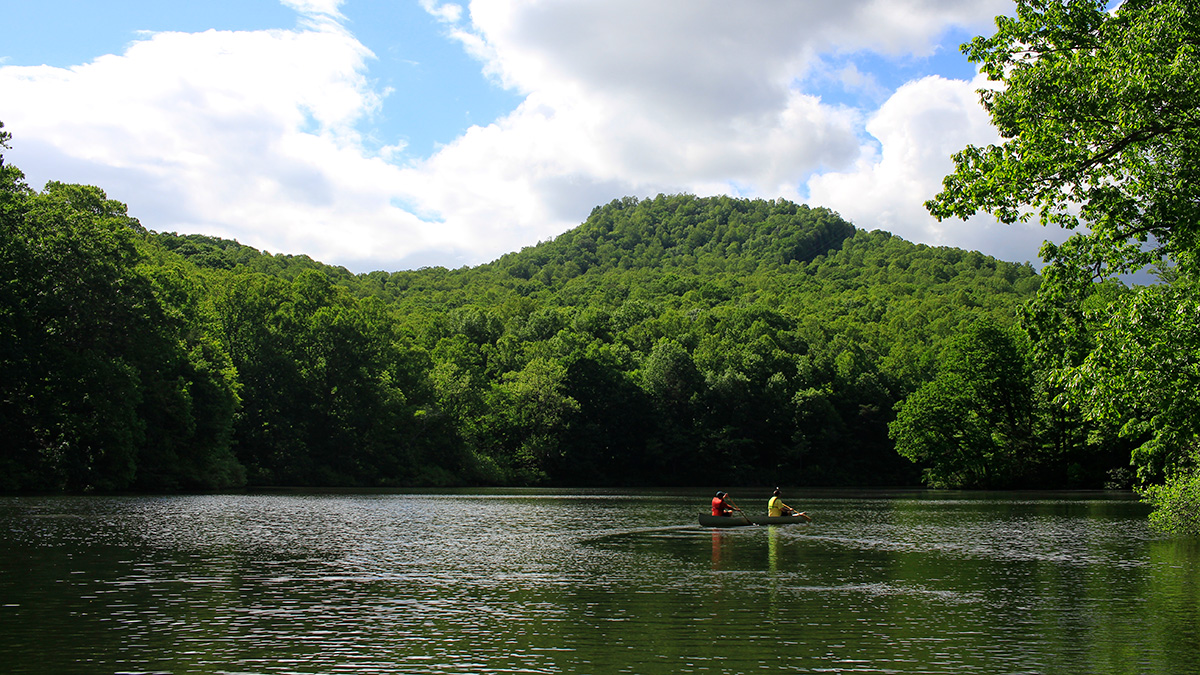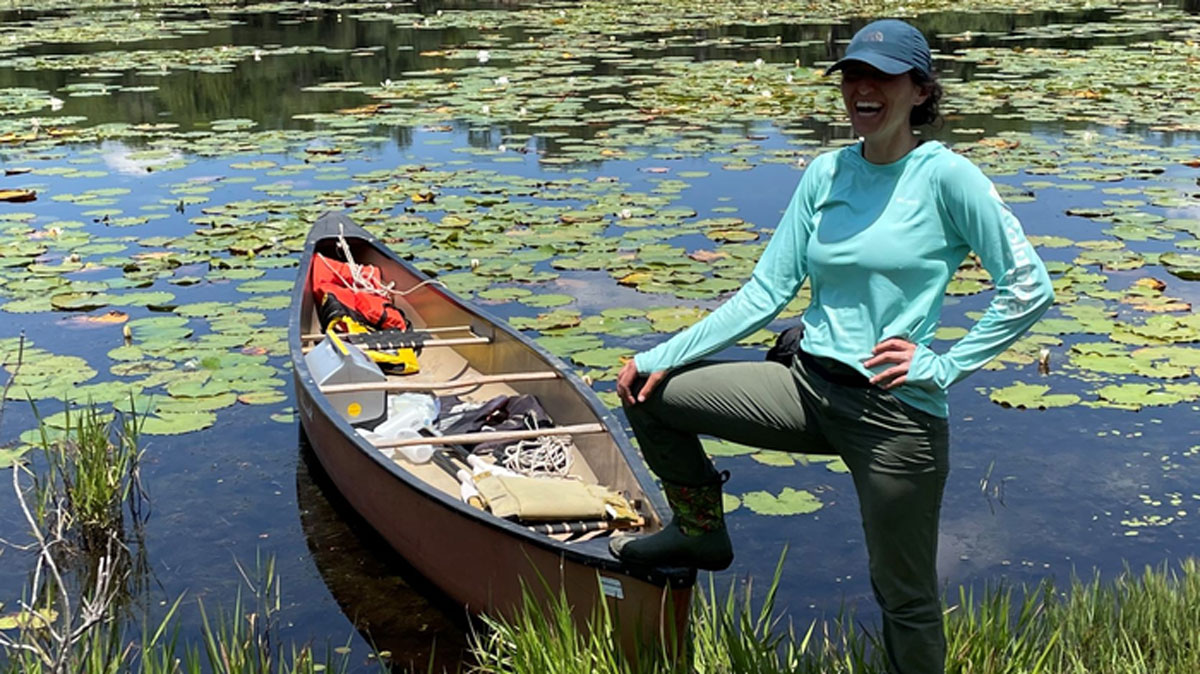A new 620,000-year climate record from East Africa reveals dramatic swings between wet and dry conditions that may have influenced human evolution.
lakes
Lake Sediments Record North Carolina’s Coal Legacy
Coal ash–polluted lakes are in residential and recreational areas, invoking concern for the health of local residents and ecosystems.
The Fate of a Lake After a Dramatic Mining Disaster
Researchers tracked long-term sediment dynamics in Canada’s Quesnel Lake following the 2014 failure of a dam that spilled record-breaking amounts of contaminated mining waste.
Harmful Algal Blooms: No Good, Just the Bad and the Ugly
Natural and human factors are leading to larger, more frequent, and longer-lasting algae blooms. Recent research is increasingly revealing the scope of the problem and informing potential responses.
Glacier Advance and Retreat: Insights From the Top of the World
New dating of glacial features reveals predictable glacier behavior in response to climate warming and cooling in the Everest region in the past 8,000 years.
Community Scientists Recover Micrometeorites from Lake Michigan
A team of scientists, educators, and teenagers discovered the objects, some of which may have been delivered by a fireball that streaked across the sky in 2017.
Earth’s Lakes Emit Less Methane Than Previously Thought
Although the total surface area of Earth’s lakes emits less methane than previously believed, it is still among the largest natural methane sources.
A Future Without Ice Cover
Winter is fading away, but the answers may be beneath the ice; a new collection on winter limnology tackles the unknowns.
The Domino Effect of Freshwater Suffocation
As lakes and reservoirs become anoxic, they can promote poor water quality downstream.
Stormwater Ponds Are Carbon Sources, Not Sinks
New research from Florida tracks carbon dioxide and methane emissions from human-created waterways.

